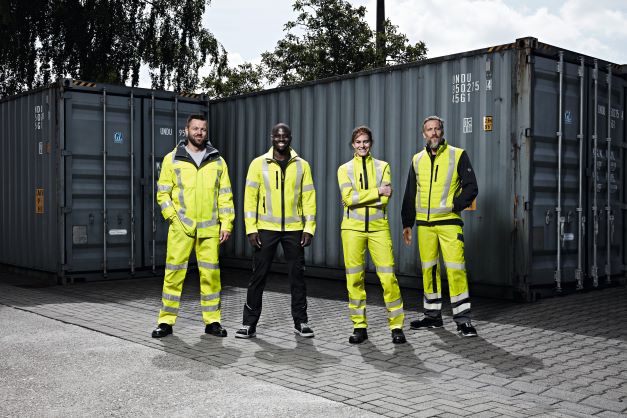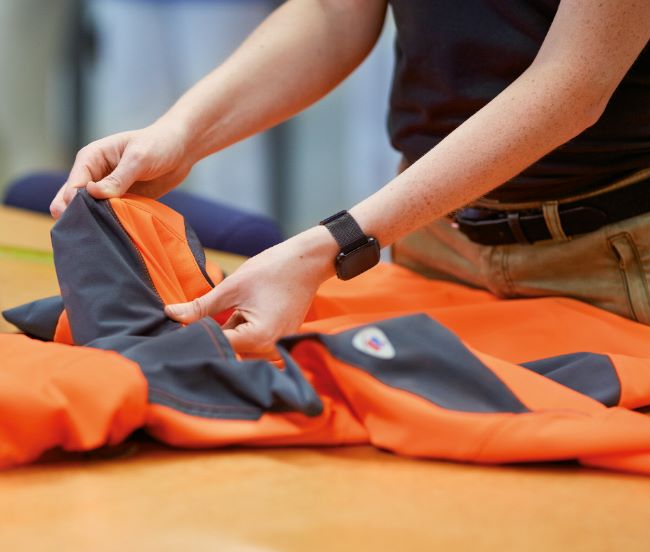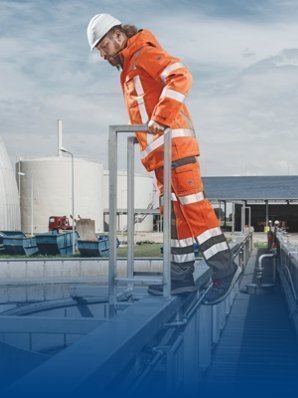
PPE - The right fabric for every application
Extreme heat, poor visibility, smoke and gas development - protective workwear has to withstand many extraordinary conditions to ensure the safety of its wearer. Apart from this, it should of course also offer the best wearing comfort so as not to restrict or even hinder the wearer in their daily work. This is made possible by special fabric solutions that harmonise the safety of personal protective equipment (PPE) with the highest possible level of comfort. Below we give you a brief overview of which special fabrics are used in BP® protective workwear and what their particular strengths are.
Any questions?
Do you still have questions about the safe, standard-compliant use of personal protective equipment (PPE)? Then get in touch with our experts.
CONTACT US









